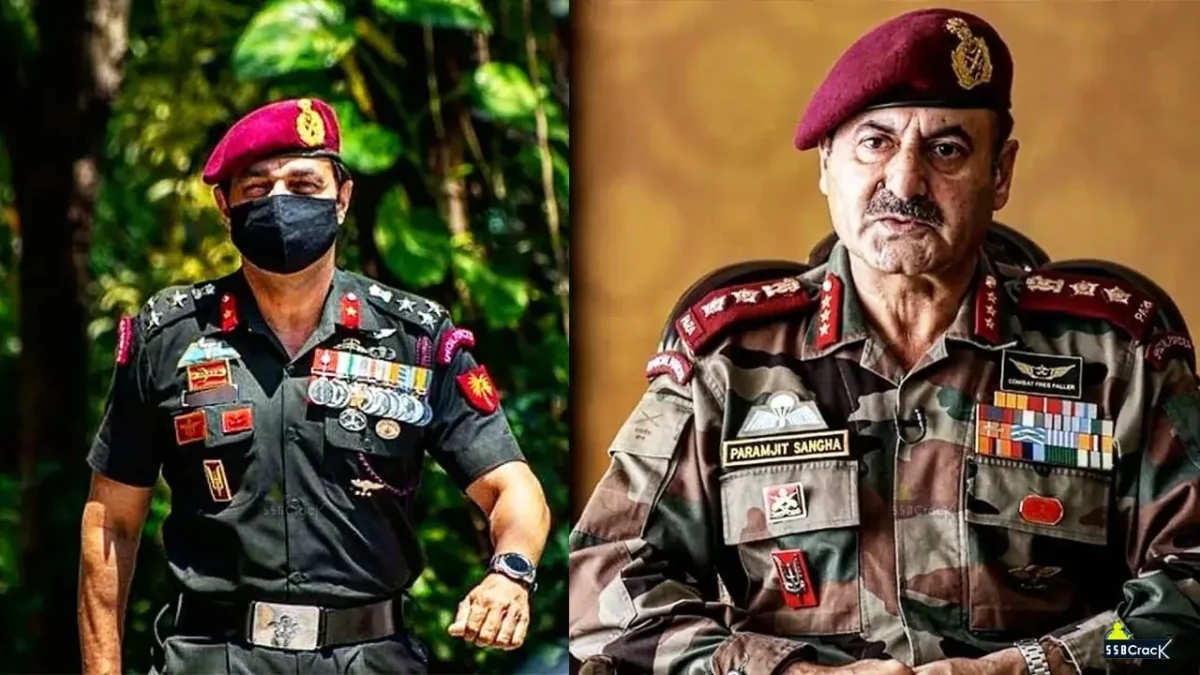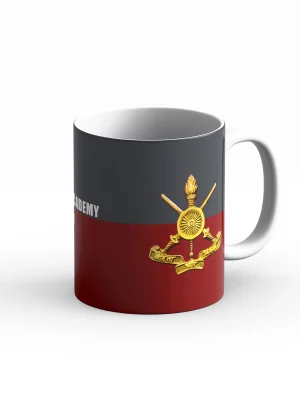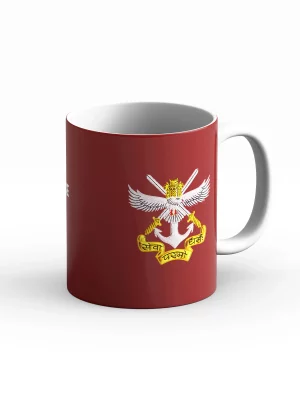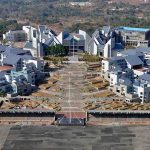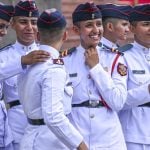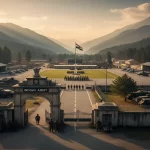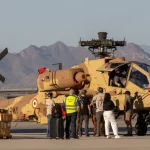The Parachute Regiment Training Centre (PRTC) stands as a cornerstone of the Indian Army’s airborne and special forces capabilities. Nestled in the bustling city of Bengaluru, Karnataka, this elite training facility molds ordinary recruits into highly skilled paratroopers ready to undertake some of the most demanding missions in defense of the nation. With a rich history dating back to the mid-20th century, PRTC not only focuses on physical prowess but also instills mental fortitude, discipline, and tactical expertise. This article delves into the origins, evolution, training regimens, infrastructure, and broader significance of PRTC, drawing from historical records and operational insights.
Historical Background
The story of PRTC is inextricably linked to the formation and growth of the Parachute Regiment itself. The regiment’s origins trace back to World War II, when the British Indian Army raised the 50th Parachute Brigade on October 29, 1941. This unit, comprising British, Indian, and Gurkha troops, participated in key operations, including the Battle of Sangshak in 1944, where it suffered heavy casualties but played a pivotal role in defending Imphal against Japanese forces. Post-war, the regiment was disbanded but re-raised in 1952 as part of the independent Indian Army, absorbing existing parachute battalions.
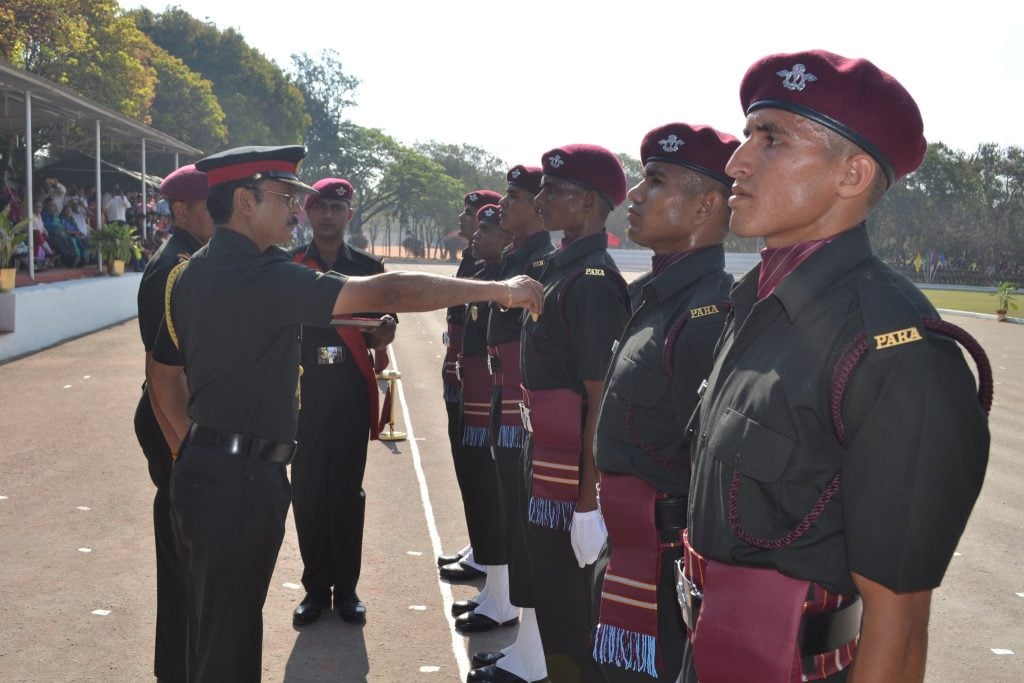
The need for a dedicated training center became evident as the regiment expanded. Initially, a training wing was established in Kota in 1952 under the Brigade of the Guards. By 1963, the Parachute Regiment Training Centre was formally raised at Agra Fort to handle recruitment and specialized training. This move centralized operations, allowing for more efficient preparation of recruits for airborne roles. Over the years, PRTC relocated multiple times: to Morar Cantonment in Gwalior in 1965, back to Agra in 1975, and finally to Bengaluru in 1992, where it occupied the site of the former Pioneer Corps and Training Centre.
The centre’s evolution mirrored the regiment’s transformation, particularly with the development of Para (Special Forces) units starting in 1966. These elite battalions, known for their maroon berets and “Balidaan” badges, have been involved in landmark operations, from the 1971 Indo-Pakistani War’s Tangail airdrop to counter-insurgency in Jammu and Kashmir.
| Timeline of PRTC Key Events | Description |
|---|---|
| 1941 | Formation of 50th Parachute Brigade in British Indian Army. |
| 1952 | Re-raising of Parachute Regiment; training wing at Kota. |
| 1963 | PRTC established at Agra Fort for recruitment and training. |
| 1965 | Relocation to Morar Cantonment, Gwalior. |
| 1975 | Move back to Agra. |
| 1992 | Final relocation to Bengaluru. |
| 2022 | Recent expansions, including new battalions like the 13th Para (SF). |
Location and Infrastructure
Situated in Nagawara, Bengaluru, PRTC boasts a sprawling campus designed to simulate real-world operational conditions. The facility includes vast training grounds for physical drills, obstacle courses, and tactical exercises. Additional amenities support the well-being of trainees and staff, such as family quarters, a shopping complex, canteen, and even a cinema hall. These elements create a self-contained environment that fosters focus and camaraderie.
The Bengaluru location offers strategic advantages, including proximity to varied terrains for diverse training scenarios. The campus also houses administrative offices, medical facilities, and specialized equipment for airborne preparation, ensuring comprehensive support for recruits.
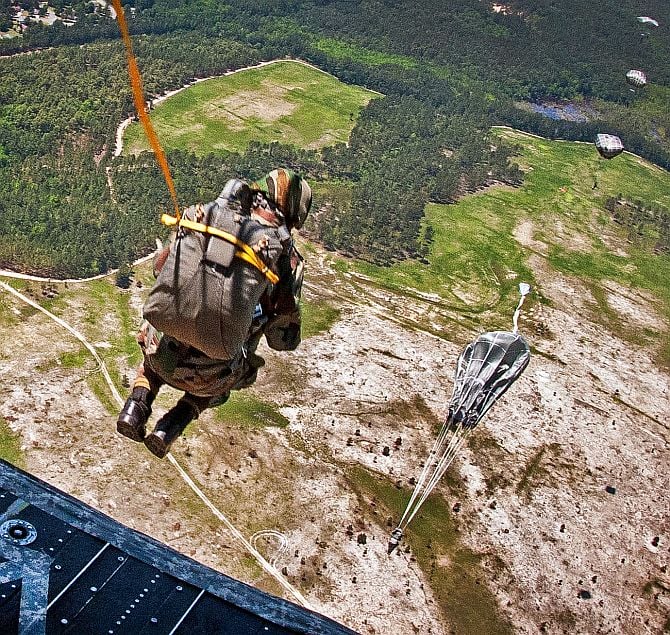
Training Programs
Training at PRTC is renowned for its intensity, with a dropout rate of 35-45% reflecting the high standards required. Recruits, often volunteers from other regiments, begin with basic training in Bengaluru, focusing on physical conditioning and foundational skills. A typical day starts at 4 AM, involving warm-ups, upper and lower body exercises, rope climbing, crocodile walks, and unarmed combat. Emphasis is placed on building confidence through activities like high-beam walks and map reading for navigation.
Upon completing the initial phase, trainees move to the Paratrooper Training School (PTS) in Agra for a 3-week basic parachute course, including static-line jumps. For Para (SF) aspirants, an additional 90-day probation involves extreme physical tests, such as 10 km speed marches with 30 kg loads and combat simulations. Successful candidates earn the maroon beret, Para wings, and, for SF, the Balidaan badge after their first combat engagement.
| Training Phases at PRTC and Beyond | Duration | Key Components |
|---|---|---|
| Basic Recruit Training (Bengaluru) | Varies (typically months) | Physical workouts, drills, weapon handling, unarmed combat, personality development. |
| Parachute Course (Agra) | 3 weeks | Static-line jumps, airborne tactics, earning Para wings. |
| Para (SF) Probation | 90 days | Stress tests, navigation, cliff climbing, heliborne operations, specialized warfare skills. |
| Advanced Specialization | Ongoing | Mountain, desert, jungle warfare; cross-training for versatility. |
Recent programs, like the Agniveer scheme, have integrated into PRTC, with the sixth batch completing training in 2025, highlighting awards for excellence in physical training and endurance.
Role and Significance
The Parachute Regiment Training Centre (PRTC) serves as the backbone of the elite Parachute Regiment, tasked with preparing soldiers for airborne and special operations. It provides trained personnel to 15 battalions, including nine Special Forces (SF) units, two Territorial Army (TA) battalions, and one Rashtriya Rifles unit. These formations have played decisive roles in high-risk missions such as Operation Cactus (1988) in the Maldives and the Kargil War (1999), where Para battalions reclaimed key mountain ridges under extreme conditions.
Beyond national borders, PRTC-trained paratroopers and medics have represented India in United Nations missions in Korea, Congo, and Sudan—earning international acclaim for their professionalism and humanitarian spirit. With a focus on adaptability and innovation, the Centre continually hones its training methodologies to equip soldiers for counter-terrorism, reconnaissance, and unconventional warfare, making the Regiment a true force multiplier in modern conflict zones.
| Parachute Regiment Battalions | Type | Notable Roles |
|---|---|---|
| 1 Para (SF) | Special Forces | Modeled on SAS; experts in mountain warfare. |
| 9 Para (SF) | Special Forces | First commando battalion; renowned as “Bravest of the Brave.” |
| 5 Para | Airborne | Transitioned to specialist airborne operations in 2022; Kargil veterans. |
| 106 Para TA | Territorial Army | Bengaluru-based reserve formation supporting national security. |
Notable Achievements and Legacy
The legacy of PRTC is marked by extraordinary achievements. Its soldiers have scaled Mount Everest, undertaken polar expeditions, and earned some of India’s highest gallantry awards, including the Ashoka Chakra and Maha Vir Chakra. The association of prominent honorary officers, such as cricketer Mahendra Singh Dhoni, reflects the regiment’s enduring prestige and national appeal.
Conclusion
Upholding the proud motto “Shatrujeet” — Conqueror of Enemies — the Parachute Regiment Training Centre remains a symbol of courage, discipline, and excellence. By integrating traditional airborne skills with modern warfare tactics, PRTC ensures that India’s paratroopers stay mission-ready, embodying the highest ideals of the Indian Army in every operation they undertake.

